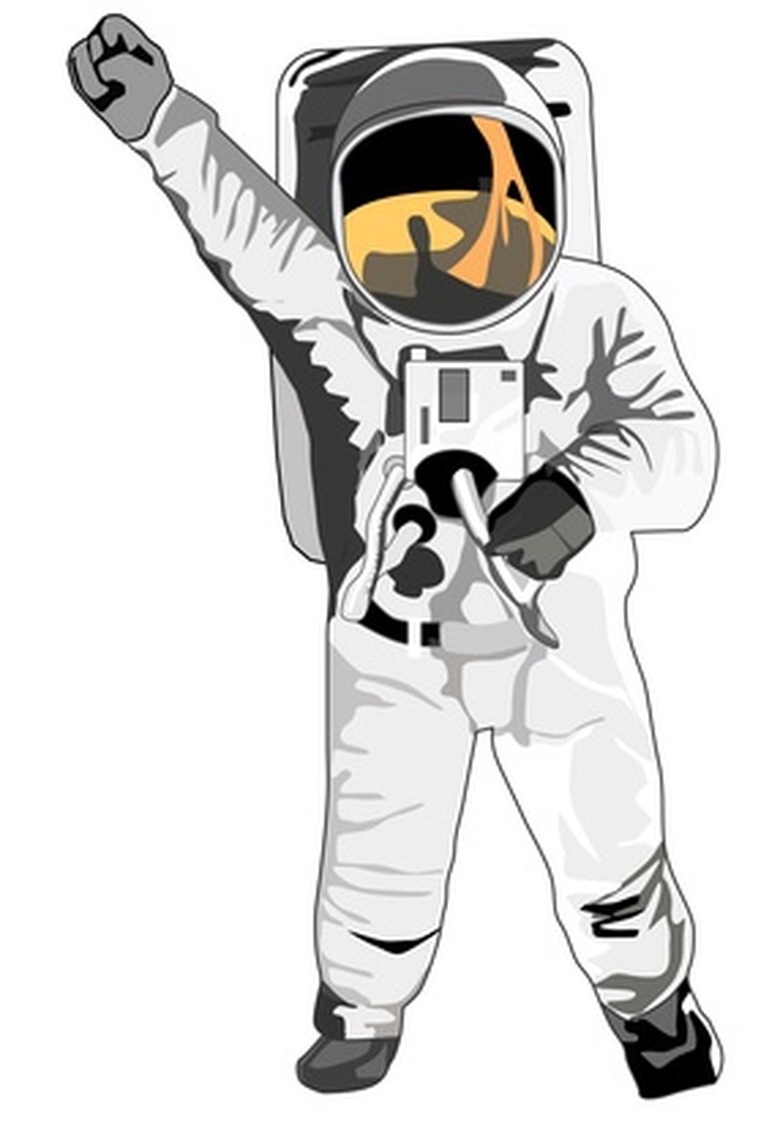Cool Gravity Experiments
Many experiments can illustrate the presence of gravity, its attraction between two objects or the speed at which it causes objects to accelerate toward each other. Other experiments can determine the effects of a weightless environment on humans and other life forms that have evolved to function within Earth's field of gravity. Some of these experiments are simple and can be reproduced in the home while others require laboratories and scientific equipment.
Acceleration Due to Gravity
Acceleration Due to Gravity
Using items found in the home, aspiring young scientists can reproduce Galileo's classic experiment to show the universal acceleration of all objects due to gravity. Placing newspaper or paper towels on the floor to catch any potential mess, one person can then hold two objects of different sizes at the same height and release them. Any two objects can be used, but relatively smooth objects are preferred. For the best results, use an orange and a grape and release them at the same time. A second person lies on the floor and observes the simultaneous impact of both fruits, proving that all objects accelerate at the same rate due to gravity, regardless of their weight. This experiment was reproduced by astronauts on the moon using a hammer and a feather and the results were the same.
Balance Arm Attraction Experiment
Balance Arm Attraction Experiment
With objects at rest upon a surface, friction will generally prevent them from moving toward each other, despite the attraction created by their respective gravitational forces. To overcome this, hang two equally massive objects, such as lead weights, at either end of a balance beam that is suspended from directly above its center. Then trace a circle around the radius that the ends of the beam would touch as it rotates. Place another equally massive object, such as another weight, at a point along the circle about 45 degrees from the ends of the suspended beam. Be sure that these other objects are resting at the same elevation as the weights resting on the beam. Over time, the beam will slowly rotate to being the weights closer to the stationary objects on the circle. This turn or rotation is caused by the exertion of gravity between the more massive components of the balance arm and the stationary weights.
Experiments in Weightlessness
Experiments in Weightlessness
Zero gravity environments are impractical to achieve, requiring travel to distant parts of space where the gravitational force of planets and other objects in space are so negligible as to be unnoticeable. Even if such distances were practical to reach, the gravitational force of the space vessel, the astronauts within and all of their equipment would exert some influence over everything else within the immediate area. Zero gravity conditions can be simulated, however, by allowing an enclosed space and everything within it to fall toward the surface of the Earth. Since everything falls at the same speed, the occupants within will seem to float relative to the chamber itself and an effectively weightless environment is created. This is the principle applied in the "Vomit Comet," which is a NASA-owned jet that climbs high into the Earth's atmosphere and then falls freely toward the ground. In addition to providing a weightless environment for astronaut training and other NASA experiments, time on the Vomit Comet is also granted to physics students in need of the environment, members of the media and private parties for various reasons.
References
Cite This Article
MLA
Callahan, Rob. "Cool Gravity Experiments" sciencing.com, https://www.sciencing.com/cool-gravity-experiments-6307563/. 24 April 2017.
APA
Callahan, Rob. (2017, April 24). Cool Gravity Experiments. sciencing.com. Retrieved from https://www.sciencing.com/cool-gravity-experiments-6307563/
Chicago
Callahan, Rob. Cool Gravity Experiments last modified March 24, 2022. https://www.sciencing.com/cool-gravity-experiments-6307563/
